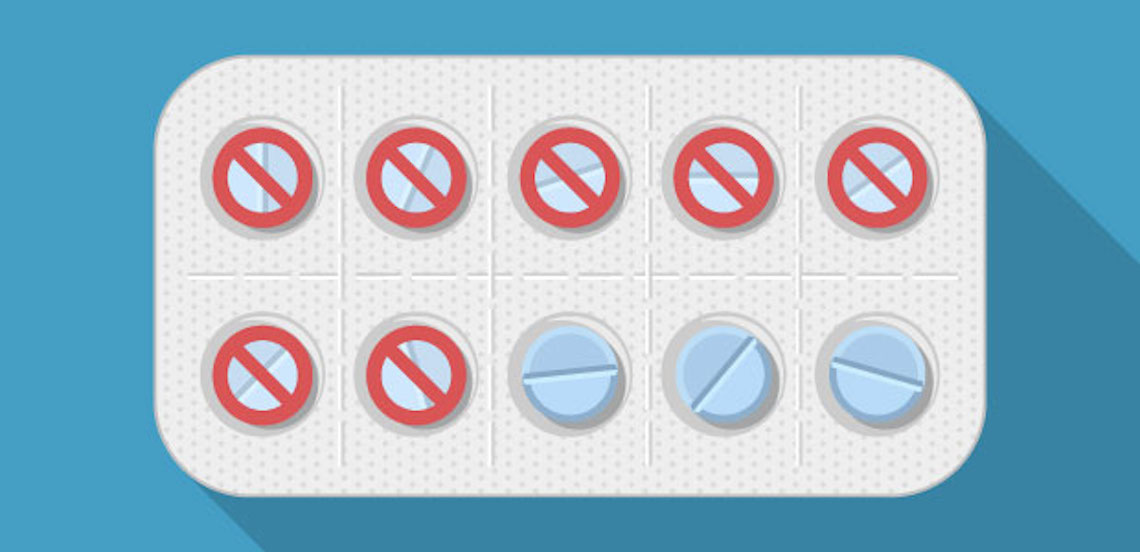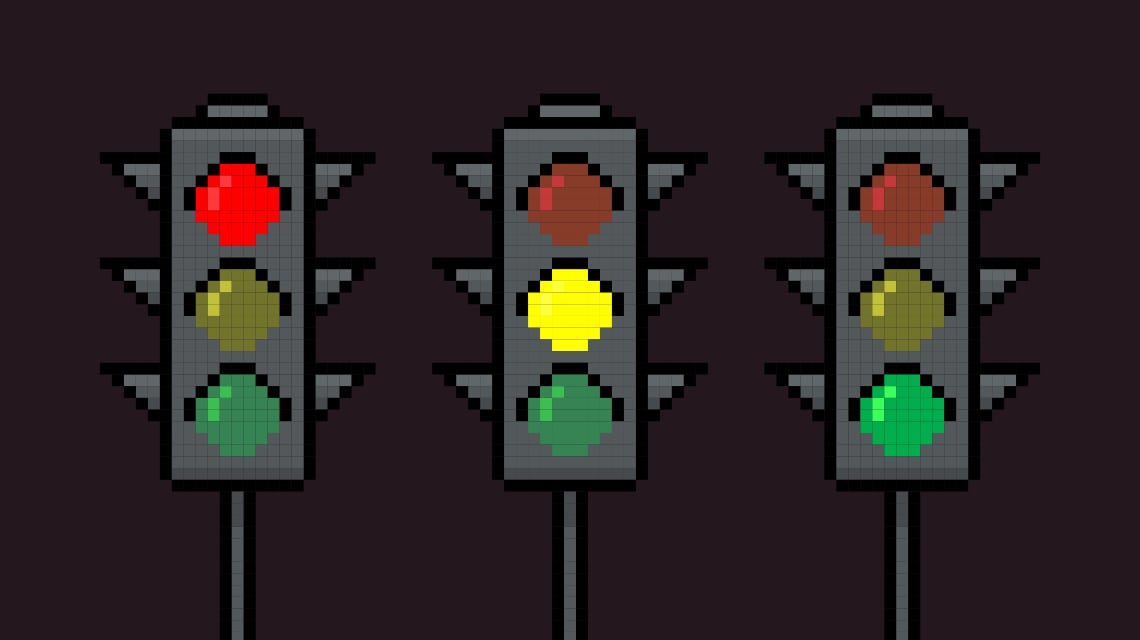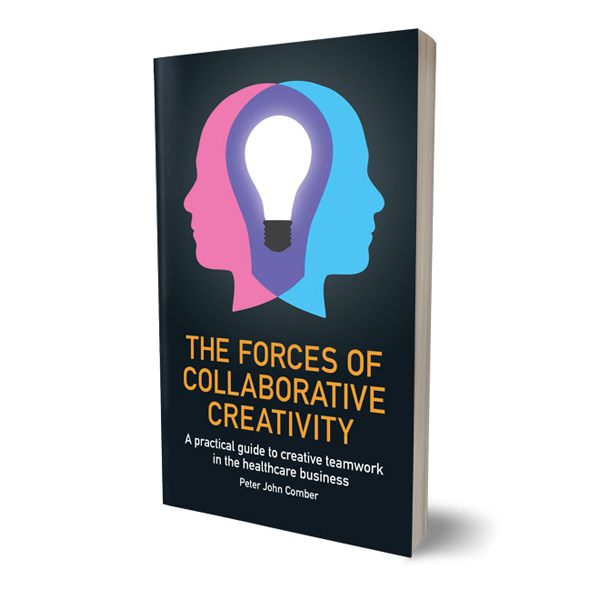The big future of healthcare is disease prevention. Part 2.
Economic incentives in healthcare should change to link industry revenue to disease prevention and outcomes, instead of drug sales.
A few years ago my partner, Alessandra Toscano, created one of the many Patient Support Programmes (PSPs) she has devised and managed. The goal of this particular PSP was to reduce re-hospitalisation of patients with myocardial infarction (MI). The initial data showed 30% of patients returned to hospital within 12 months of discharge with another MI. The pharmaceutical company who commissioned the PSP were convinced that the main cause of the frequent reoccurrence was bad lifestyle choices by the patients. The clever solution for the PSP was to train the hospital nurses who managed the discharge of patients, giving them tools with which to motivate and orientate MI patients to adopt behaviour that helped minimise the risk of MI reoccurrence. The results were very significant, the number of patients who saw an MI reoccurrence within 12 months of discharge (by nurses who had been trained by the programme) was almost halved.
The goal of the pharmaceutical company that invested in the PSP was reached and sales of their drug for post-MI patients improved. That is usually the business case for pharmaceutical companies investing in PSPs - they are seen as a necessary cost to successfully sell a product. But the conditions that make it a cost-effective and a strategically sound investment are rare and the regulatory hurdles can be dauntingly complex. These limits are throttling the creation of PSPs that can contribute in a very positive way to patient outcomes. Something needs to change.
Let’s look at the previous example from a different point of view, that of overall value. The ability displayed by the pharmaceutical company and their PSP supplier in improving patient outcomes was impressive. By helping to prevent the reoccurrence of MI in numerous patients they saved the monetary cost of re-hospitalisation and reduced the patient burden on the Emergency and Cardiology Departments (plus other social costs). What if it was possible for a portion of that cost saving to become pharmaceutical company revenue? Why should pharmaceutical companies be paid almost exclusively for selling drugs and devices? Let’s leave aside the patient-centric mission statements and admit that revenue is the main incentive and valuation for any investment and activity by pharmaceutical companies. The logical consequence is that you get what you pay for. If we pay only for drugs we will be offered only drugs but if we consider paying for outcomes then drugs become a useful tool in reaching health goals instead of the goal itself for healthcare companies.
Regulation will need to change to allow reputable healthcare companies to have a direct dialogue with patients who request it. A transparent and functional triangulation of communication and collaboration needs to be established between patients, HCPs and healthcare companies. Healthcare providers must be able to prescribe preventive programmes (with and without medication) to patients. PSPs need to become reimbursable and or sold as services directly to the public. These and other monumental changes are needed to adjust a system that currently has distorted priorities.
When I started working in the healthcare sector a medical professor told me that in ancient China the village doctor was paid a retainer by each villager for as long as they were healthy. The doctors job was to give personal healthcare advice and preventive medicine to each villager to keep them healthy and the individuals responsibility in the contract was to follow the doctors directions. If a villager fell ill they stopped paying the doctor who was obliged to sustain the cost of nurturing the sick person back to good health, whereupon the retainer would start to be paid again to the doctor. The incentives in this ancient revenue model are virtuous, if modern healthcare is to evolve in a sustainable way we need to learn something from this kind of approach.





